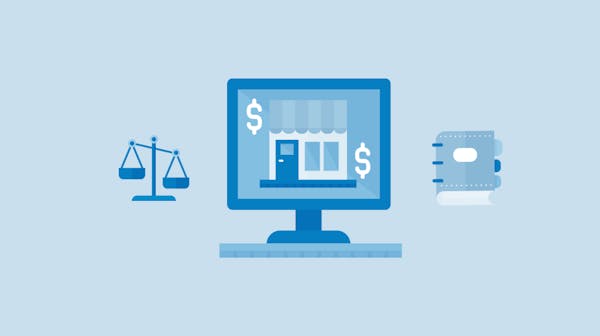Automated invoicing, integration with other systems, and flexibility in payment options stand as the pillars of effective e-commerce invoicing. These strategies not only simplify the billing process but also enhance cash flow management—yet, without a tailored approach to data analysis, entrepreneurs might miss out on crucial insights for strategic decision-making.
Grasping the nuances of e-commerce invoicing is essential for online retailers. Mismanagement in this area can lead to severe bottlenecks. However, with strategic approaches, e-commerce entrepreneurs can overcome common hurdles, ensure efficiency, and optimize their financial workflows.
Understanding the Unique Challenges of E-commerce Invoicing
E-commerce businesses often face the challenge of managing a high volume of transactions daily. Each sale requires precise invoicing, posing a significant challenge when sales numbers soar. Automation might be the key to keeping up with this fast-paced environment. A strategic shift to automated invoicing could mean the difference between staying afloat and succumbing to the tidal wave of transactions. Learn about invoicing rules here.
International sales add another layer of complexity with various taxes, customs duties, and regulatory considerations. The rules can vary wildly from one jurisdiction to another, making compliance a daunting task for entrepreneurs who want to take their business global. This is where a nuanced approach to e-commerce invoicing can be particularly beneficial.
Streamlining Invoicing Procedures
Embracing technology and moving towards automating invoicing processes can help business owners reclaim time spent on repetitive tasks. E-commerce businesses can automate invoicing by utilizing tools such as Shopify's Invoice Generator, which offers customizable invoice templates suited for online stores. Additionally, WooCommerce and similar platforms include automated billing features that can directly integrate with the e-commerce site, saving time and reducing manual errors.
Integration is the next logical step. By syncing invoicing with inventory and accounting systems, entrepreneurs can create a seamless workflow, reducing errors and saving time. This integration allows for real-time tracking of stock levels and financial data, creating a more efficient operation across the board.
Leveraging Invoicing for Better Cash Flow Management
Diverse payment options cater to a wider customer base and can markedly accelerate cash flow. It's also beneficial to partner with payment gateways like Stripe or PayPal, which amalgamate various payment methods into a single platform. This not only offers convenience to the customer but also streamlines the reconciliation process for the entrepreneur. Explore how invoicing affects a business's cash flow.
Effective cash flow management begins with setting transparent payment terms such as "Net 30 (due within 30 days)" or "Payment upon receipt," which clarifies expectations for both parties. Automating follow-up on outstanding invoices can be easily set up with email reminders or by using services that send payment prompts to customers, ensuring a steady cash flow.
Utilizing Data from Invoicing for Strategic Decisions
Data from e-commerce invoicing is an untapped gold mine for discerning business owners. Leverage e-commerce invoicing tools like InvoiceOnline for tracking paid and unpaid invoices efficiently, offering a variety of invoice types to suit your business needs. Metrics to closely monitor include sales growth rate, average sale value, and customer acquisition costs.
Strategic decisions based on invoicing can dramatically enhance profitability. For instance, a business might discover through invoicing data that certain products have significantly higher margins and adjust inventory levels accordingly. Alternatively, they might identify a subset of customers with higher lifetime values and tailor marketing efforts to this group to maximize profits.
Summary Section
Implementing these invoicing strategies can lead to a smoother financial operation within an e-commerce business. From streamlining processes to making informed decisions based on analytical data, each step could further financial success and sustainability. E-commerce entrepreneurs should consider these strategies not just for their immediate benefits but also for their long-term impact on the business.




